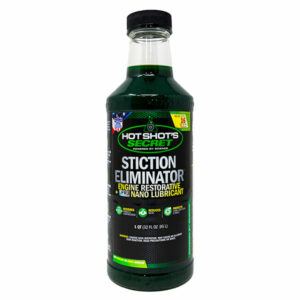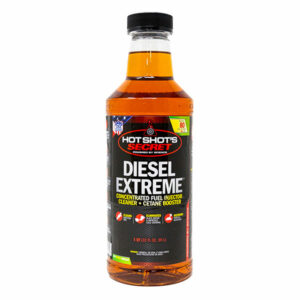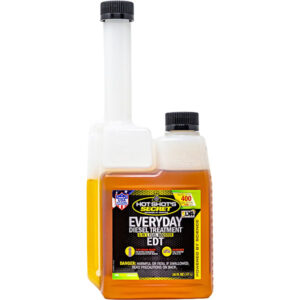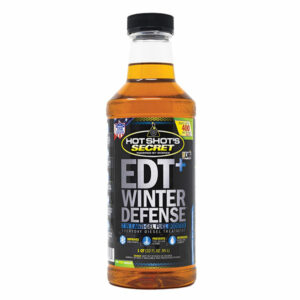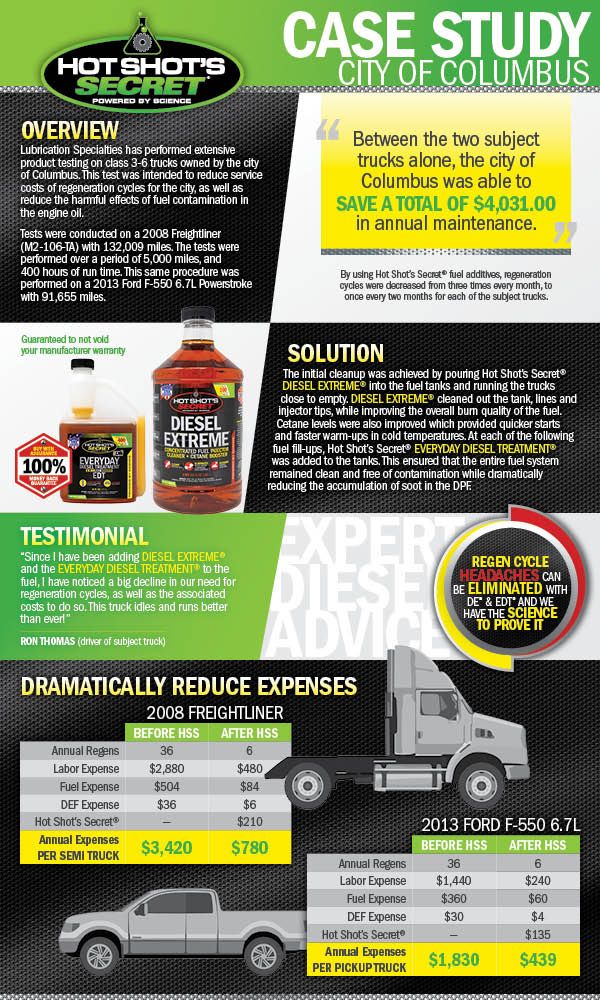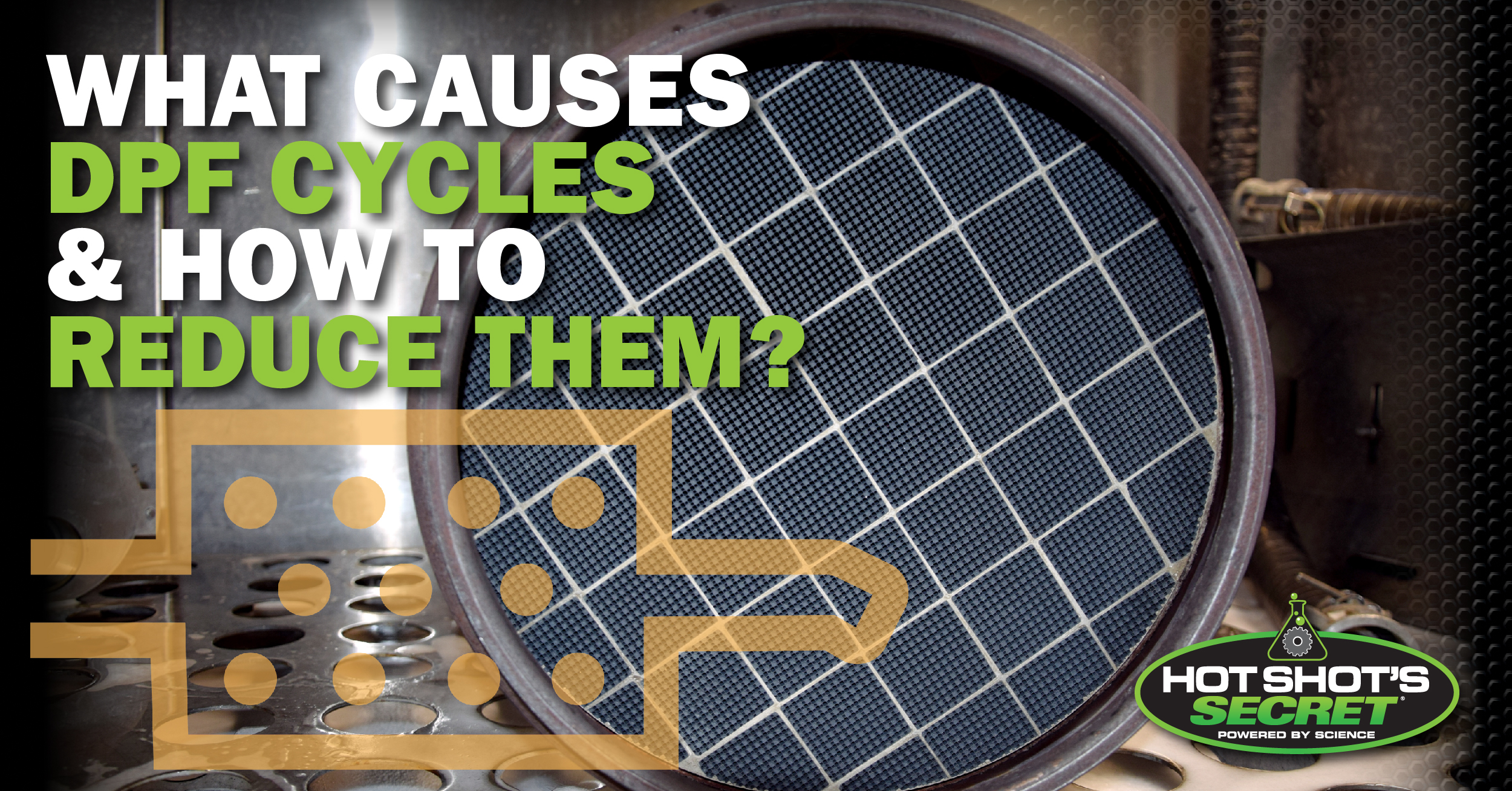
What Is DPF Regen and How to Reduce It
Most diesel trucks and engines from 2007 and later have a Diesel Particulate Filter system that particles eventually accumulate in. A regen cycle cleans the filter. If you’ve ever turned the heat up on a grill to clean burnt-on food off the grates, you’ll understand the basics of this regeneration process. We’ll explain the details.
What Does DPF Stand for and What Does It Do?
The Diesel Particulate Filter (DPF) is an assist in emissions-control included within diesel exhaust systems, to catch the remaining particulates left within the combustion cycle of the diesel engine. Each combustion cycle within a diesel engine includes un-burnt components of diesel fuel, carbon and other particulates that accumulate into visible smoke from the exhaust stacks. Among other components along the way, the DPF captures many of these particulates, helping eliminate the ‘dirty exhaust’ emanating into the air.
Read our guide below or view our products to learn how you can clean your fuel injectors to reduce DPF regen!
What Is DPF Regen?
DPF regeneration is the process that cleans the DPF. DPFs are designed using a ceramic honeycomb structure that traps and stores particulate matter from the exhaust into microscopic pores. After a while, these pores fill up, making them less effective in capturing debris.
As an exhaust component that is continually clogging from the perpetual operation of a diesel truck, this filter is built into a system where it essentially cleans itself of the buildup. The cleaning happens by burning off the accumulated soot at high temperatures, thus converting it to ash and other less harmful materials. After a successful DPF regen, the filter can more efficiently capture particles within exhaust gases and more easily pass through the airflow from intake to output, causing less stress on the engine itself.
Over time, the DPF system needs manual cleaning by a technician when the ash levels get too high. Nonetheless, DPF regeneration significantly extends the amount of time before a manual intervention becomes necessary.
“A regeneration cycle occurs by essentially ‘cooking’ the filter clean again,” says Kyle Nace of Response Equipment Specialists (Kalispell, MT). “The DPF Regen contains the heat of the exhaust, adding up to temperatures exceeding 1000 degrees Fahrenheit, so that the filter is depleted of its buildup and returns to proper functioning capabilities.”
What Are DPF Regeneration Cycles?
DPF regeneration cycles refer to the process through which the DPF cleans itself of particulate matter and accumulated soot.
There are different methods through which DPF regeneration occurs, including passive, active, parked and forced regeneration.
Passive Regen
This process occurs automatically, without any intervention from the driver or technician. Passive regen typically happens when you drive your truck sustained high speeds, like on highways. In those cases, the exhaust gases get hot enough to burn off the soot naturally, turning it into ash. The driver may notice a warning sign on the dashboard indicating that the DPF is passively regenerating. If you notice that light, we recommend you keep driving if possible until the process is finished.
Active Regen
In city driving conditions where vehicles make frequent stops, passive regeneration rarely occurs since the exhaust gases cannot get hot enough to initiate the process automatically. The vehicle’s engine control unit (ECU) instead initiates a process called active regeneration. It does so by injecting a fine spray of atomized fuel into the exhaust stream between the DPF and turbocharger.
When the fuel comes into contact with the catalyst on the DPF, it generates a high amount of heat (more than 1,100 degrees Fahrenheit), which is enough to burn off the soot off the ceramic filter. A computer sensor monitors the DPF and a dashboard indicator light notifies the driver that the regen is taking place or the DPF is now cleaning.
“You’ll notice a reduction in power during a regen,” notes Nace. “You can sometimes hear a ‘hissing’ type noise or a different sound from the engine.” First-time diesel owners often think there is something wrong with their trucks, but the DPF regen is a normal, often recurring, requirement included with diesel ownership.
Parked Regen
In some situations, passive regeneration may be interrupted by stopping or a reduction in speed that decreases exhaust temperatures to below the required minimum to burn off the soot. The vehicle information system will then ask the driver to conduct a “manual” or parked regeneration. Parked regenerations are a type of active regeneration and happen while the truck is parked with the engine running.
Forced Regen
If soot accumulation reaches a point where a passive or active regeneration can’t clean the DPF effectively, then a forced regeneration may be necessary. A forced regeneration cycle is a manual process that takes place at the diesel shop with a certified technician. It normally involves running the engine at a specific RPM long enough to raise the temperature of the exhaust gas sufficiently to clean the DPF.
“We force the truck’s computer to initiate the process prior to the parameter requests that happen with the active regen,” says Nace. “These circumstances happen when the owner/technician recommends a regen prior to the automated process. If something happens that indicates a necessity or to simply avoid the process while driving, we can override the system to regen.”
The Importance of DPF Regen
DPF regens are a necessity and valuable to both the truck and the environment. Here are a few reasons why regen is essential for diesel engines.
- Reducing emissions: The primary objective of the DPF is to capture particulate matter and soot from the exhaust, thus preventing harmful emissions from being released into the atmosphere. Regular regeneration of your DPF burns the accumulated waste and ensures its effective operation, thus reducing emissions and meeting environmental standards.
- Maintaining engine performance: A clogged DPF may decrease engine performance and increase fuel consumption. In some cases, it may cause the engine to enter “limp mode,” a reduced power mode that protects the engine from damage. Proper DPF regen maintains the filter’s capacity to trap soot, thereby ensuring the engine runs at optimal performance.
- Preventing expensive repairs: The costs can be significant if the DPF becomes clogged enough to necessitate manual cleaning or replacement. On average, it costs between $2,000-$10,000 to make a DPF replacement in your truck. Sufficient regeneration extends DPF life span and helps avoid costly situations.
- Complying with regulations: DPFs are required to capture at least 90% of particulate matter to meet strict environmental regulations. A properly functioning DPF prevents any legal and financial penalties for non-compliance.
How to Tell When a DPF Cycle Occurs
Depending on the manufacturer and the gauges installed in the truck, the driver may notice an increase in exhaust back-pressure and/or simply a lack of performance.
“When the engine is being choked down with a clogged filter, the driver may recognize just a lack in performance, throttle response and power,” says Kyle. “The diesel engine is essentially a compressor in the airflow. With the efficiency of drawing that air into the truck for the combustion and then releasing it through the exhaust, it’s imperative that the least amount of restriction exists for enhanced performance of the motor.”
If the DPF regen cycle is not taking place or not completing a full cycle, a check engine light might illuminate on your dash. In doing so the many sensors in the system will calculate the particulates prior to the DPF and post, recognizing a lack in the operation of the DPF. “With the accuracy in modern computerization and the rigs that control that whole system, it’s something you want to pay attention to and address relatively soon before you enter ‘limp mode’ or ‘De-rate’ where the truck will not operate over 20 to 30 mph in some cases.”
If the exhaust gas recirculation (EGR) system is failing, with improper recirculation of the exhaust, the truck runs with a lot more particulate and a lot more soot, therefore also clogging the DPF even more. “The entire system relies on the engine running well and doing everything possible to avoid repair or replacement of the DPF,” says Kyle. “An exhaust system is incredibly expensive and susceptible to abuse just like anything else. And with the fragile condition of the DPF itself, the less regens required, the better.”
How Long Does It Take for DPF to Regenerate?
There is no predefined number of regens to be expected. Depending on the maintenance and upkeep of the truck, there may be less regens required with proper maintenance and attention to your truck’s general upkeep. If the engine is underperforming and a continual dirty exhaust is occurring, then many regens may be required. Multiple regen cycles can happen per day if a truck is in heavy operations. And with multiple regens come mounting costs and interruptions in daily use.
“It depends on each individual truck,” says Kyle. “It all comes down to how efficiently that truck is running. From the quality of the fuel it’s burning to the additives that are being added to preserve the quality of the injectors, to improving the cetane in the fuel system, to changing the filters. These all affect the cleanliness of the fuel burn, therefore the cleanliness in the combustion, which determines the quality and the quantity of the exhaust being produced, which then may or may not clog the DPF.” Clean exhaust obviously is a by-product of the care that goes into the fuel tank and the treatment of that fuel, from the pump to the exhaust stacks. Nace says “the dirtier and more rich exhaust you produce, the faster it’s going to clog your DPF, therefore requiring another regen cycle.”
How to Reduce DPF Regens
Regens happen because of soot build-up in the diesel particulate filter. When you lower your soot output, you can lower your regens significantly. Achieving a more efficient diesel burn is the best way to accomplish this. There are two things needed to make this happen:
- Having clean fuel injectors
- Burning higher cetane fuel
Most diesel engines operate more efficiently with a fuel with a cetane rating of 48 to 50. Fuels with higher cetane burn more efficiently and completely than those with lower cetane ratings. A proper diesel fuel additive contains a cetane improvement to reduce hydrocarbons and particulate matter in your exhaust. The cetane booster in Hot Shot’s Secret Diesel Extreme, for example, promotes more complete combustion, fewer emissions and therefore fewer DPF regens. Trucks using Diesel Extreme have been shown to have 83% less DPF regens. Both work to clean and maintain clean injectors and provide up to a 7-point boost in cetane. The savings on fuel consumption and DEF fluid is another benefit of using Hot Shot’s Secret® products.
Specific to diesel engines, the proper additives also restore the lubricity that has been refined out of the ultra-low sulfur diesel fuel purchased at the fuel pumps. With the proper lubricity returned to the fuel system, however, mechanical parts are then more fluid in their operations with less friction. With less friction, the amount of wear and tear is reduced, better maintaining the tolerances of machined parts for a cleaner burn and more complete combustion cycle.
“We see a lot of Cummins motors in our area for maintenance, in addition to heavy trucks. We rely heavily on the Diesel Duo from Hot Shot’s Secret. It contains two 64oz bottles of Stiction Eliminator and Diesel Extreme, which provide an incredible solution to helping our customers with a variety of diesel issues,” says Nace. “We’ve saved several customers injector jobs and/or had customers come to us that have already spent thousands of dollars on replacements or servicing their DPF system, their injectors, their EGRs and trying to figure out why they are constantly going into a regen cycle. We’ve used these additives and within 1000 miles we see the complete resolve in many of these issues. It’s really been incredible for us.”
Stiction is the sticky friction caused by the byproducts of burnt oil. High pressure builds heat in tight-tolerance applications and extreme heat causes the oil to burn, oxidize and create layers of sludge and deposits. Fuel injectors, pistons, rings and various other engine components are continually susceptible to this stiction buildup. All of which are the enemy of any clean and efficient mechanical system.
When oxidization, layers of sludge, carbon and deposits form throughout the engine, additives are an imperative need to clean the parts. The proper oil additives clean the gum, varnish and stiction while also lubricating everything the oil touches in your engine. But the proper additives also do so with no harsh solvents that potentially harm engine components. Specific to the DPF, the correct additives properly clean the engine parts and reduce the number of particulates clogging the DPF, thereby reducing multiple regen cycles.
The proper additives also help restore dynamic compression with an increased ring seal. The tighter seals provide improved combustion efficiency, thereby translating to not only better fuel economy, engine power and a better running engine, but also the efficiency required in the combustion cycle to prevent blow-by and added particulates flowing through the exhaust system. The proper combination of additives can provide not only a better running truck, but an extremely helpful deterrent to unexpected repairs and replacements in the future.
The Science Behind Hot Shot’s Products to Reduce DPF Regen Cycles
Hot Shot’s Secret is working to provide the best additives on the market continually. With scientific testing in the lab, in conjunction with real-world testing in the field, many of the top diesel experts learn and save from Hot Shot’s Secrets testing results. In a past field study, Hot Shot’s Secret helped save the city of Columbus, OH thousands of dollars annually in fuel and labor costs directly related to regen cycles. With an additives investment of $200 in two city test trucks, regen cycles were reduced from 36 annually to just 6!
“We have a customer that offers a delivery service for rental equipment,” states Kyle. “They were experiencing DPF regen cycles almost daily. They had sent their main truck to another shop and had the whole system replaced, to the tune of nearly $8000. It didn’t fix the problem at all. When they came to us for an oil change, we added our Hot Shot’s Secret additives and within about a week, they saw reductions in their regen cycles and within a month, they had no more issues at all.
We also had a mobile home mover which had their injectors replaced about a year previous, and it was just pumping white smoke out the exhaust and missing like it needed injectors again. Same thing; we ran both the Stiction Eliminator and the Diesel Extreme additives from Hot Shot’s Secret, and within a couple weeks, our customer was loading his truck again and noticed the miss and smoke were gone. That’s been probably eight months ago and he hasn’t been back. When we don’t hear back, we consider that ‘no news is good news’. Or when they do report back that its running better and we don’t see them back in the shop for repairs, we chalk that up as a success.”
Testimonial:
“There are a million (additives) products out there and we’ve tried almost all of them. When I found out about Hot Shot’s Secret at a Diesel event a couple years ago, I soon realized that Hot Shot’s has a claim just like everyone else. And when I look into new products, I try and test these claims and use these products myself, before I ever represent them for my customers. So my shop foreman, lead fabricator and I used these additives in our own trucks. Within a week we all noticed a significant improvement and have ever since then, felt comfortable attaching our name to these products and representing something that is real, and something that does work. We continue to have great results.”
Kyle Nace
Response Equipment Specialists, LLC

